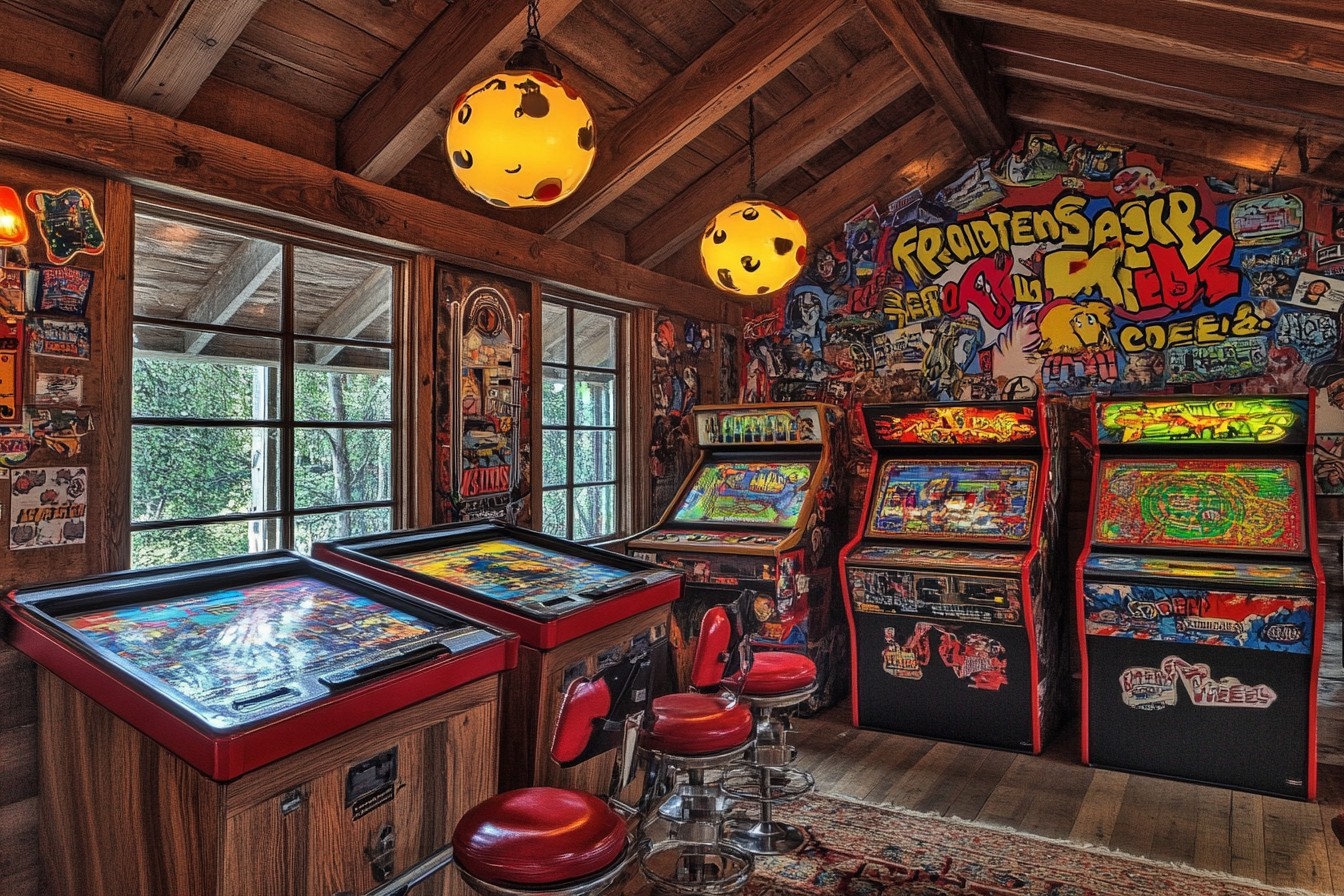Here’s a confession that’ll probably get my gaming credentials revoked: I sometimes get more excited about obscure games from the 90s than whatever 4K, ray-traced blockbuster just dropped. Don’t get me wrong—I appreciate the technical wizardry of modern titles. But there’s something about those weird, experimental games from my youth that just hits different. The ones that maybe sold twelve copies total (I exaggerate, but you know what I mean), had bizarre concepts that somehow got greenlit, and disappeared without a trace except in the memories of the handful of kids lucky enough to have played them.
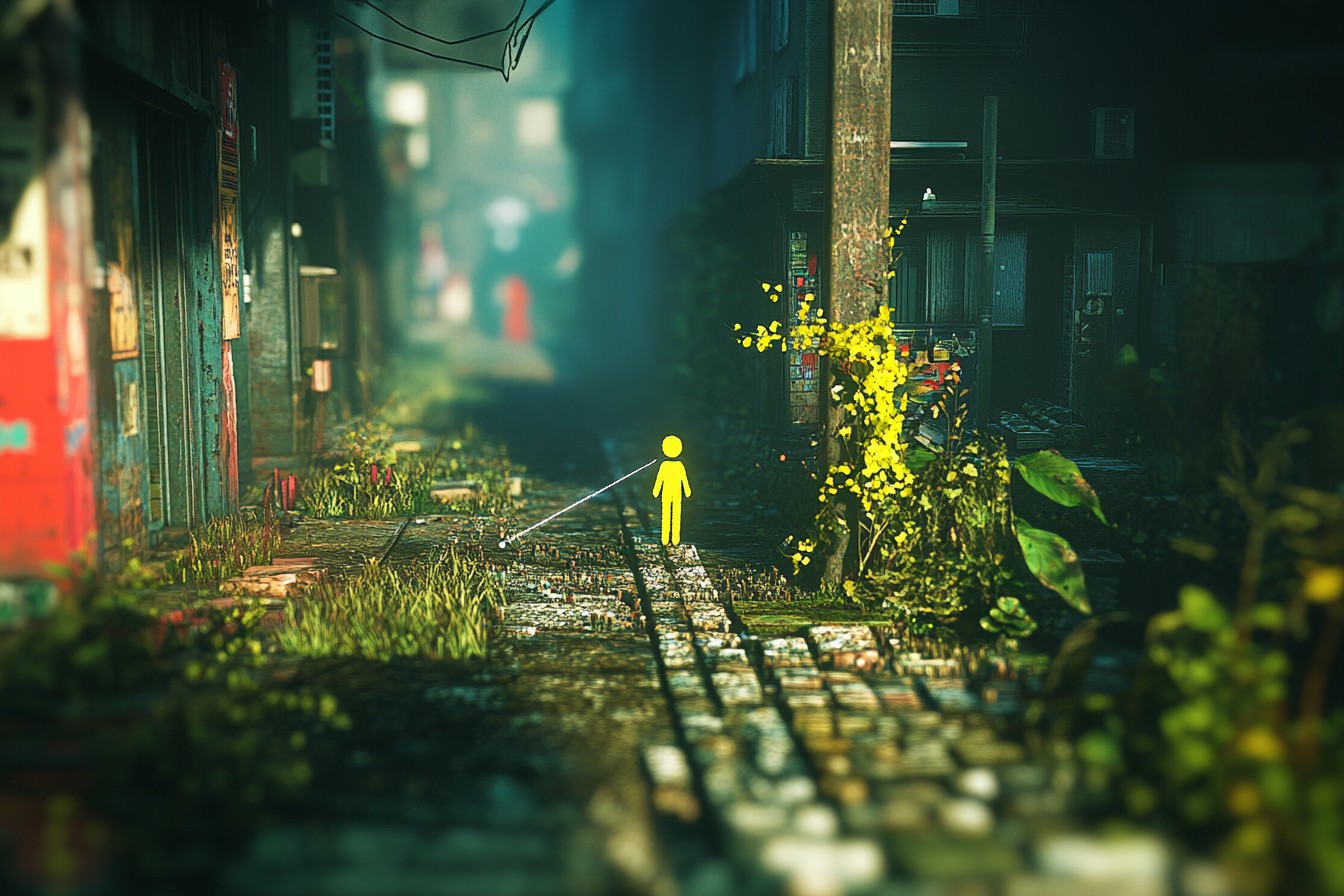
I’m talking about the games that never got sequels, never became franchises, never had their logos slapped on lunchboxes—the ones that, when I mention them, are met with blank stares even from self-proclaimed “hardcore” gamers. “Wait, Uni-what?” they’ll say, and I’ll sigh deeply before launching into my well-rehearsed explanation of why Uniracers for the SNES was actually a misunderstood masterpiece.
God, Uniracers. What a bizarre concept. Stunt-performing unicycles racing through psychedelic tracks, doing flips and twists to build speed. I discovered it completely by accident during one of our family’s Friday night Blockbuster trips. I’d already rented all the obvious choices—your Mario Karts, your Donkey Kong Countrys—and was scraping the bottom of the barrel. The cover art, featuring a unicycle with an attitude (how do you even give a unicycle attitude? I still don’t know, but they managed it), caught my eleven-year-old eye.
I remember my dad looking skeptical as I brought it to the counter. “You sure about this one, Mike?” he asked, probably wondering why his son couldn’t just play normal games about plumbers or hedgehogs like other kids. But that weird little title became a fixture in our house for weeks. My brother and I developed a whole scoring system for the stunt mode, keeping track in a spiral notebook with increasingly elaborate rules. “Triple front-flip into a splits landing beats a quadruple back-flip, unless you’re on the anti-gravity track, in which case the multiplier is…”—I’ll spare you the details, but we were SERIOUS about it.
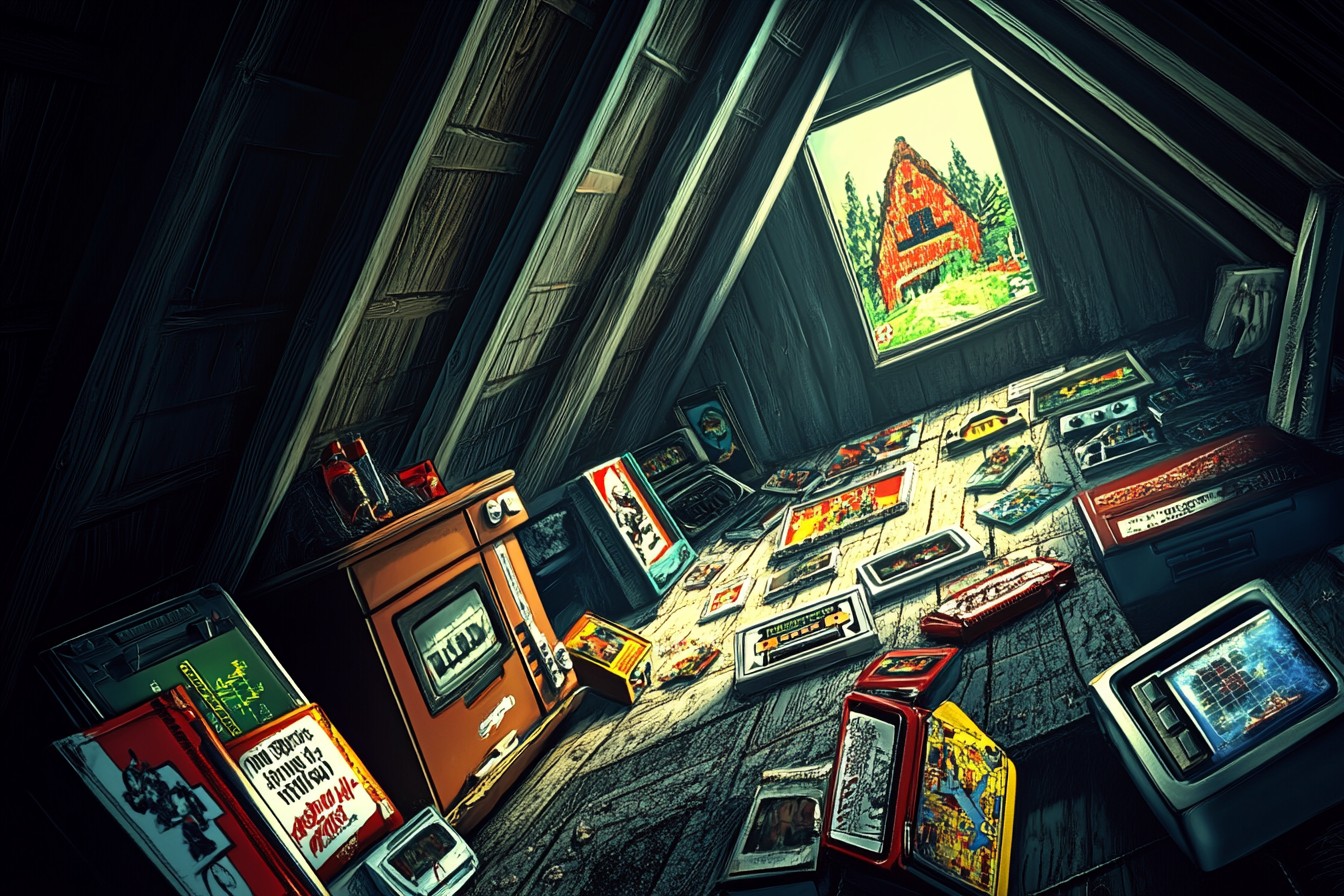
What’s crazy about Uniracers is that it died because of a lawsuit from Pixar, of all companies. They claimed the unicycle design was too similar to a unicycle in one of their short films. The game had to be pulled from production after only about 300,000 copies were made, effectively killing it. I didn’t learn this until years later, but it explains why none of my friends ever seemed to know what the hell I was talking about when I’d get nostalgic about “that unicycle game.”
Then there was Blast Corps for the N64. Remember that one? No? I’m not surprised. The premise was bonkers: a nuclear missile carrier has gone out of control and is driving on autopilot through towns and cities. Your job is to get ahead of it and demolish every building in its path before it crashes and causes a nuclear disaster. You control various vehicles—bulldozers, dump trucks, a mech suit that did a weird sideways body slam—each with different demolition capabilities.
I found Blast Corps in a pawn shop in 1997, sandwiched between a dozen copies of GoldenEye 007 (the game everyone actually wanted for their N64). It was $15, which was exactly how much birthday money I had left after buying a new hockey stick. Purchase justified.
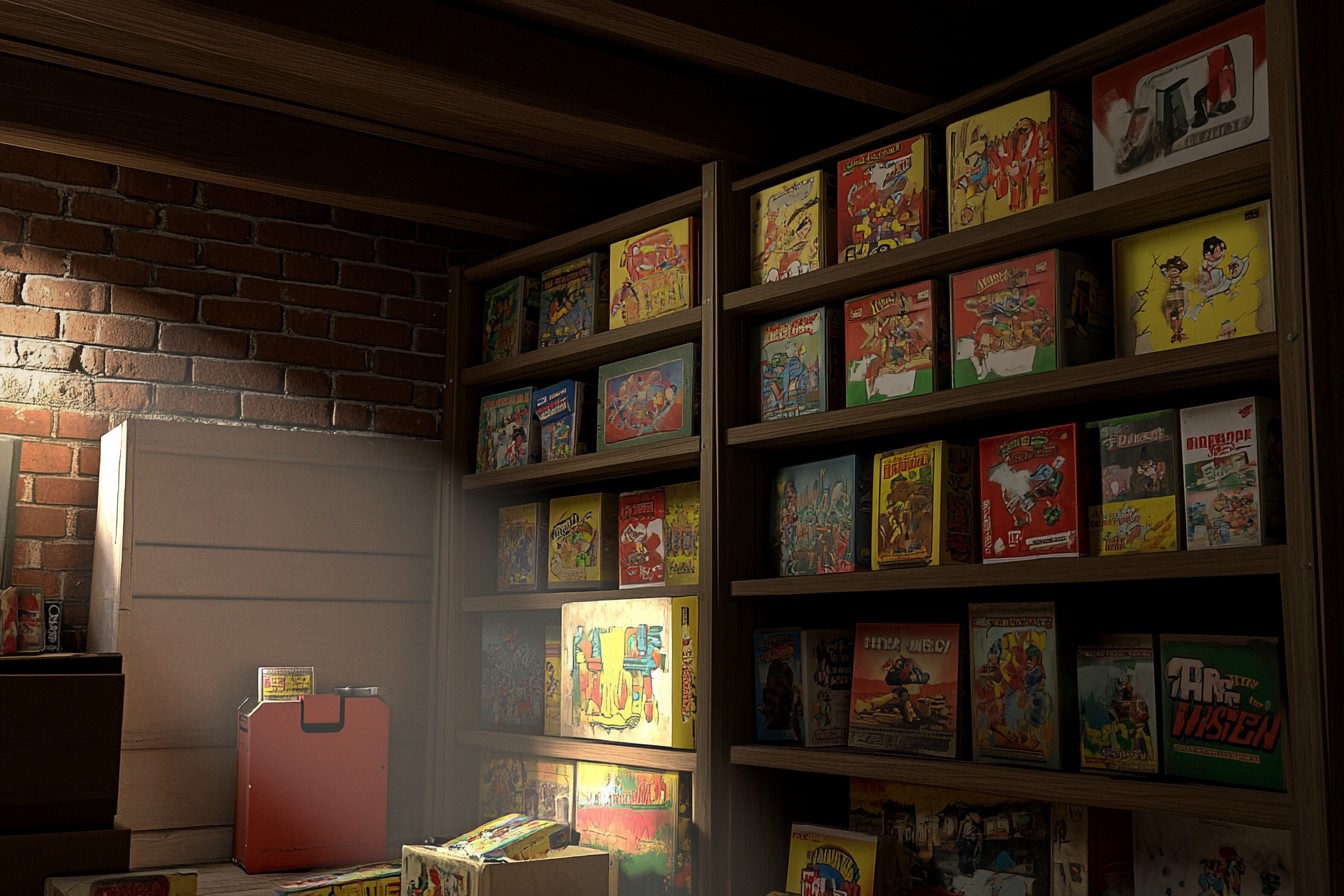
What a strange, wonderful game it was. There was something incredibly satisfying about the destruction physics, even with the N64’s limited capabilities. Buildings would crumble and collapse in surprisingly realistic ways. The game had this oddly relaxing quality despite the apocalyptic premise—you’d get into a flow state clearing structures methodically, planning your route, switching vehicles at the right moment. I’d come home from school, stressed about some math test or social drama, and spend hours just… knocking stuff down. Therapeutic demolition.
The game did okay commercially but never spawned a sequel. Rare, the developer, moved on to bigger things like Perfect Dark and Conker’s Bad Fur Day. But Blast Corps had this unique gameplay loop that I’ve never seen replicated. Modern physics engines could do incredible things with a concept like this—imagine the satisfaction of toppling skyscrapers with realistic debris and chain reactions in today’s gaming world. The closest we’ve gotten is probably the Red Faction series with its destructible environments, but that was always a means to an end, not the core gameplay.
But the forgotten game that really haunts me, the one I bring up at parties until people start edging away from me (I can take a hint… eventually), is a little gem called StarTropics for the NES. Now, I know what the true gaming historians are thinking—”StarTropics isn’t that obscure!” And you’re right, it sold decently. Nintendo made it, for crying out loud. But somehow it’s been erased from the collective gaming consciousness in a way that genuinely baffles me.
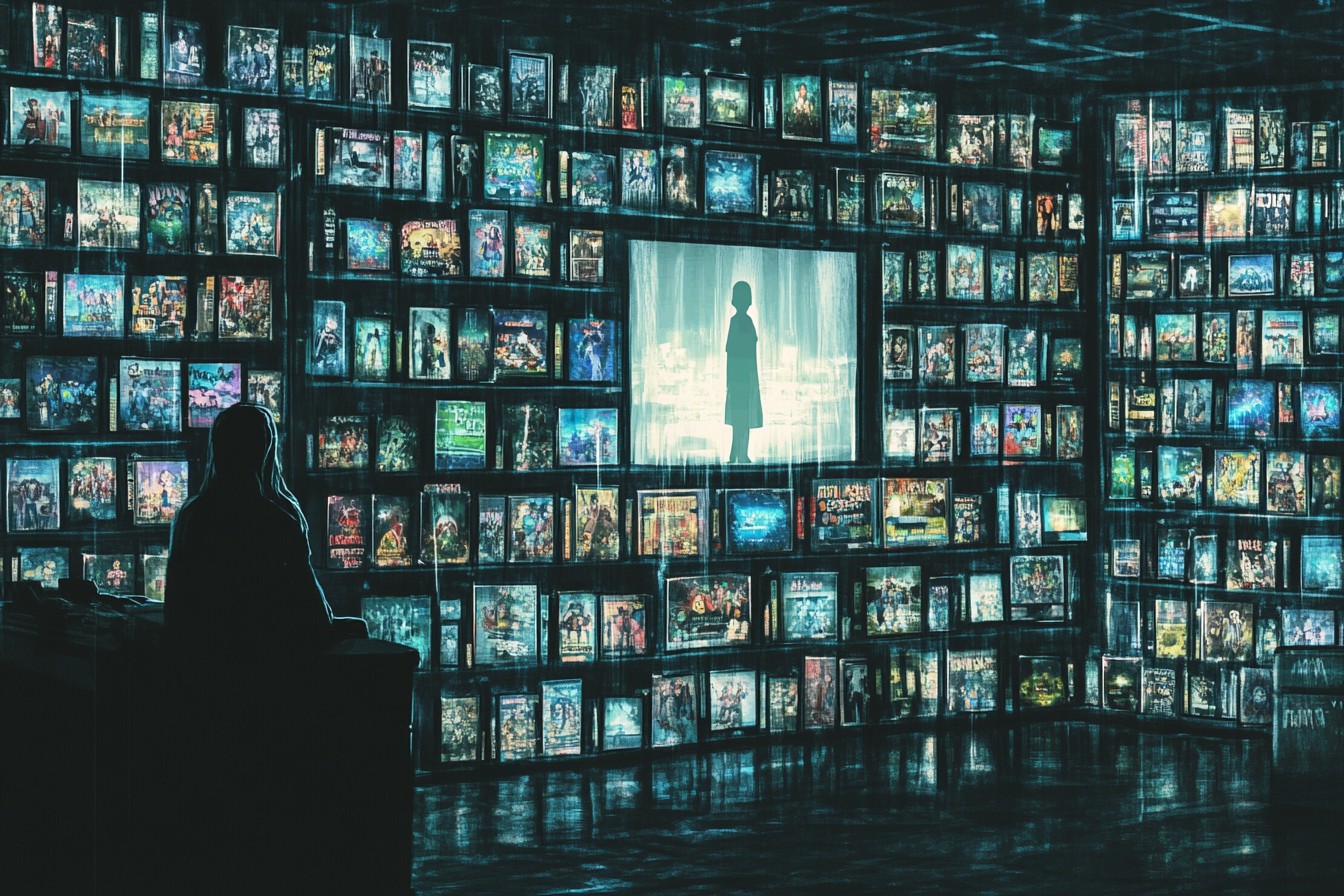
I discovered StarTropics during a swap meet with my cousin Eddie in the summer of ’93. We’d trade games we’d beaten, a primitive form of game sharing before digital libraries. He handed me this cartridge with a tropical island on it and said, “It’s weird, but you’ll like it.” Understatement of the century.
StarTropics was like if The Legend of Zelda went on vacation to the Caribbean and took some mild hallucinogens. You played as Mike (hey, same name as me—instant connection) who visits his archaeologist uncle on a tropical island, only to find him missing. What follows is this bizarre adventure where you fight aliens with a yo-yo, jump between tiles that sink into the ocean if you stand on them too long, and navigate submarine sections that gave me legitimate anxiety as a kid.
But what really cemented StarTropics in my memory was this insane fourth-wall breaking moment: at one point in the game, you need a secret code to progress. The game literally tells you to dip the letter that came with the physical game in water. In REAL LIFE. The letter—an actual piece of paper packed in with the game cartridge—had the code written in invisible ink that only appeared when wet.
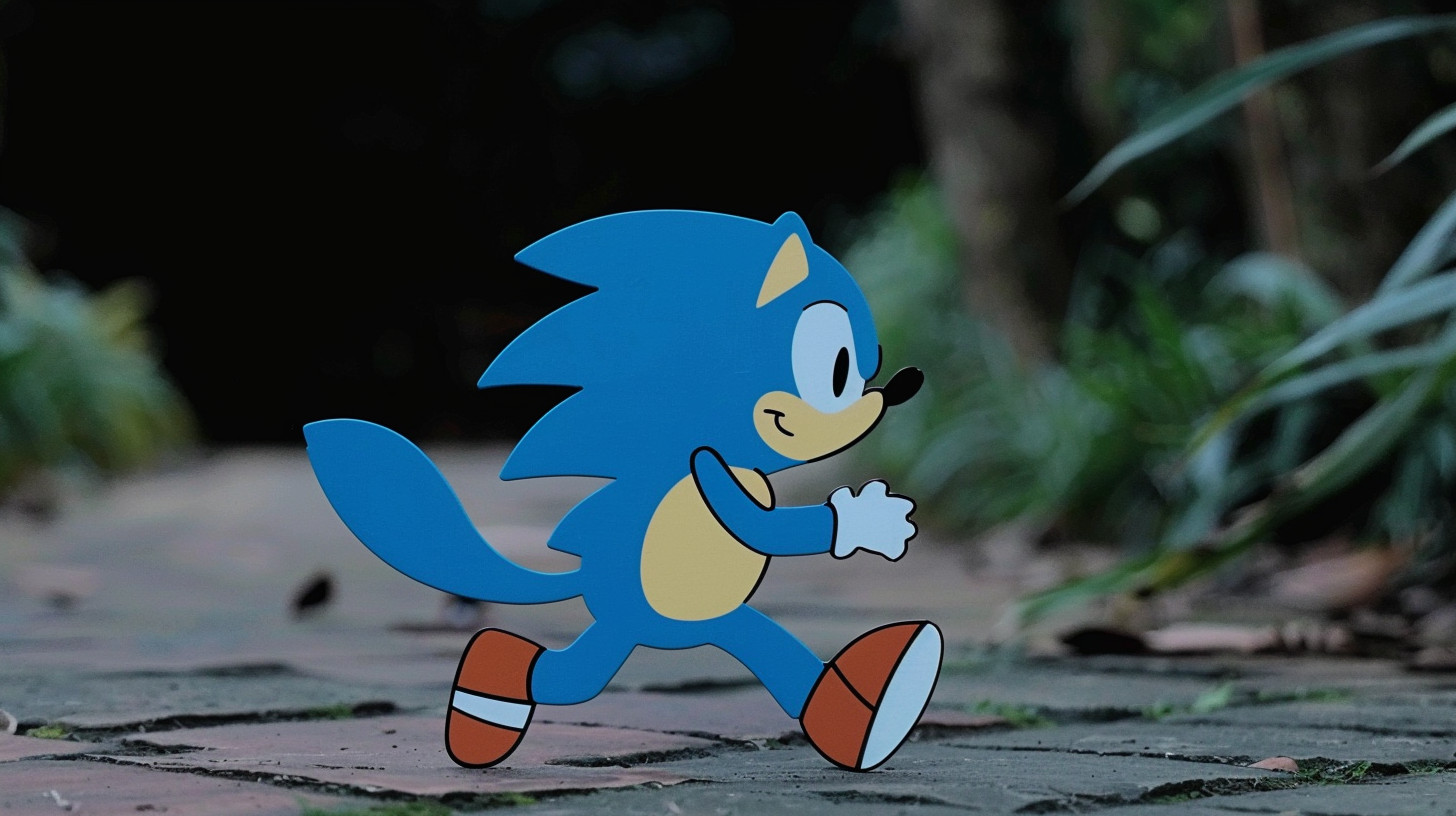
My copy was second-hand and didn’t come with the letter, obviously. This was pre-internet, at least pre-internet-in-every-home, so I couldn’t just Google the solution. I was stuck for WEEKS. I finally found the answer when my mom took me to the public library, and I pored through gaming magazines in their periodicals section until I found a Nintendo Power with the code. The feeling of finally progressing past that point was probably my first experience of genuine euphoria.
That kind of physical, real-world integration with gameplay? That was REVOLUTIONARY. We talk about innovative game design like it was invented in 2010, but StarTropics was breaking the fourth wall in 1990. Imagine what a modern remake could do with that concept—maybe integration with your phone, or augmented reality elements, or… I don’t know, something involving your smart home? “Alexa, help Mike find his uncle” and your lights start blinking in Morse code or something.
These games aren’t just victims of time—they were victims of circumstance. Uniracers got kneecapped by a lawsuit. Blast Corps came out when everyone was too busy playing GoldenEye to notice. StarTropics had a sequel that failed to capture the magic and then Nintendo just… forgot about it. These weren’t failures of design or ambition—they were just in the wrong place at the wrong time.

And that’s the real tragedy of these forgotten gems. They weren’t just fun games—they were innovative. They took risks. Uniracers had physics and momentum mechanics that still hold up today. Blast Corps asked “what if destruction was a puzzle to be solved rather than just mindless fun?” StarTropics blended action-adventure with real-world puzzle elements years before anyone else thought to try it.
I still have my original StarTropics cartridge. It sits in a place of honor on my game shelf, between my pristine copy of Earthbound (another cult classic that at least gets its due recognition these days) and Rocket: Robot on Wheels (don’t even get me started on that one—we’d be here all day). Sometimes I’ll fire it up, play through the first island, and marvel at how it still feels fresh despite the technical limitations.
The modern gaming landscape is so risk-averse sometimes. When a AAA title costs hundreds of millions to develop, you can’t really blame studios for sticking to proven formulas. But that’s exactly why these old cult classics deserve another shot. They remind us of a time when game development was still figuring itself out, when a small team could try a completely bonkers concept just to see if it worked.
I’m not naive—I know that remakes are primarily business decisions, not nostalgia projects. The sad truth is that Uniracers will probably never get remade because unicycle racing isn’t exactly a proven market-mover. Blast Corps might have a slightly better chance in today’s physics-engine-showcasing environment. And StarTropics? Well, Nintendo seems content to let it gather dust in their IP vault while they release the 37th Mario game (which I’ll buy, because I’m part of the problem).
But in my perfect gaming world, these forgotten titles would get the love and attention they deserve. Not just graphical updates, but thoughtful modernizations that preserve what made them special while bringing them to new audiences. Maybe the original Uniracers team could Kickstart a spiritual successor without the licensed unicycle designs. Maybe some indie developer who grew up playing Blast Corps will create their own demolition puzzle game (please, somebody do this). Maybe Nintendo will remember they own StarTropics during the next drought in their release schedule.
Until then, I’ll keep bringing these games up at inappropriate times, describing them in excruciating detail to anyone who makes the mistake of asking what I played as a kid. I’ll keep my old consoles in working order so I can revisit these forgotten worlds. And I’ll keep hoping that someday, one of these overlooked classics will get its second chance.
Because while nostalgia might be wearing rose-colored glasses, some games genuinely were ahead of their time. They just never got the chance to prove it. And in an industry that’s supposedly all about giving players new experiences, there’s something profoundly disappointing about these innovative ideas being left behind, never to be fully realized with modern technology.
So here’s to the cult classics, the commercial disappointments, the victims of bad timing and worse luck. The games that a small but passionate group of players remember fondly, while the rest of the world moved on. The weird little cartridges that maybe only sold twelve copies, but by some miracle, one of them found its way into my hands at just the right moment to make an impression that would last a lifetime.
If you’ve never played them, I genuinely envy you. You’d get to experience them for the first time. And if you have played them—well, you know exactly what I’m talking about, don’t you? That’s the thing about these forgotten games. When you find someone else who remembers them, it’s like discovering a long-lost relative. An instant bond forms: “You played THAT game too? I thought I was the only one!”
Maybe that’s actually better than a remake.
…Nah, I still want the remakes. Nintendo, if you’re reading this—StarTropics. Please. I’m begging you.

